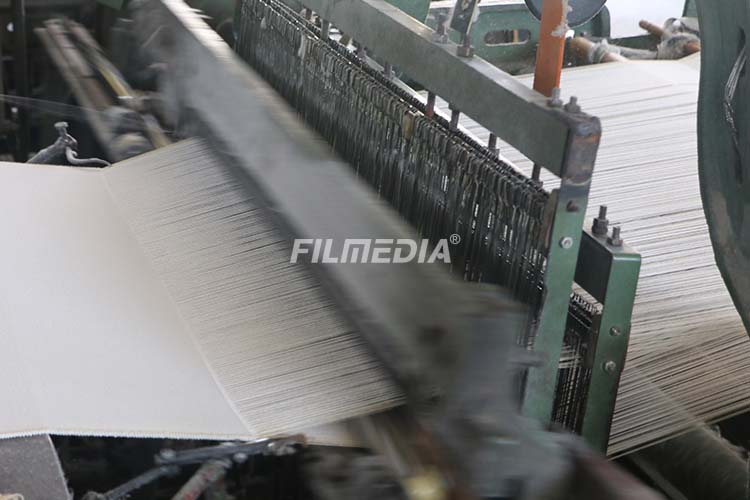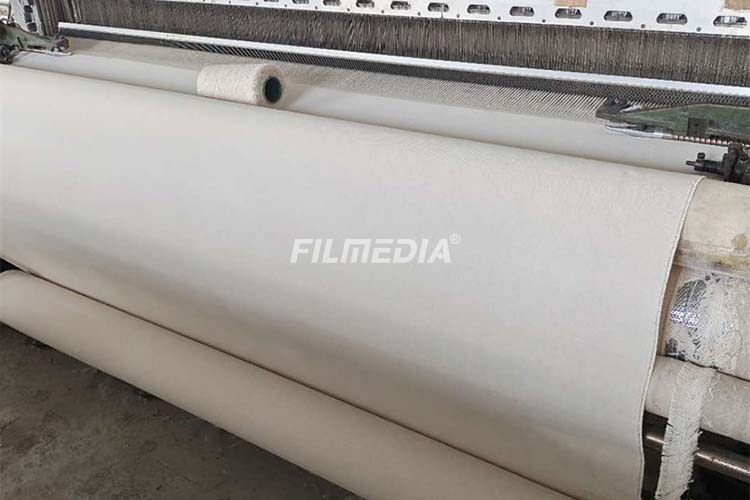No products in the basket. Add Products


Combed cotton and carded cotton are two different treatment methods in the cotton processing process, which differ in terms of fiber quality, use and cost.
Carded cotton
Carded cotton refers to cotton processed by a simple carding process, so that the cotton fibers are roughly arranged and combed to form a mixture of short and long fibers. Its processing process is relatively simple and is usually used to produce more economical cotton textiles.
Features
- Shorter fibers: Carded cotton has uneven fiber lengths and contains many shorter fibers.
- Lower cost: Due to the simple process, the production cost of carded cotton is low.
- Unevenness: Due to the presence of short fibers and impurities, the uniformity of the fabric is poor.
- Lower strength and softness: Carded cotton fabrics have low strength and relatively poor feel, suitable for low to medium-priced consumer products.
Applications
Carded cotton is mainly used to produce low-cost clothing, bedding, underwear, T-shirts, etc.
Combed cotton
Combed cotton is the result of further fine processing of cotton fibers. During the combing process, the fibers are passed through a combing machine to remove short fibers and impurities, leaving behind longer, uniform long fibers. This makes combed cotton finer and smoother than carded cotton.
Features
- Longer and uniform fibers: By removing short fibers and impurities, the fibers of combed cotton are longer and more uniform.
- Higher strength and softness: Fabrics made from combed cotton are strong and soft to the touch.
- Higher cost: The production process of combed cotton is more complicated, so the cost is higher.
- Less fuzzing: Due to the removal of short fibers, combed cotton products have less fuzzing and a smoother appearance.
Applications
Combed cotton is often used to produce high-end bedding, premium clothing, shirts, high-end underwear, and some products that require durability and comfort.
Comparison
| Characteristic | Carded Cotton | Combed Cotton |
|---|---|---|
| Fiber Length | Short and uneven | Long and uniform |
| Production Cost | Relatively low | Relatively high |
| Fabric Quality | Coarse, lower strength | Soft, smooth, higher strength |
| Applications | Mid-to-low-end products like T-shirts, bed linens | High-end products like shirts, premium underwear |
| Durability | Average | Excellent, more durable |
| Comfort | Less comfortable | More comfortable, soft feel |